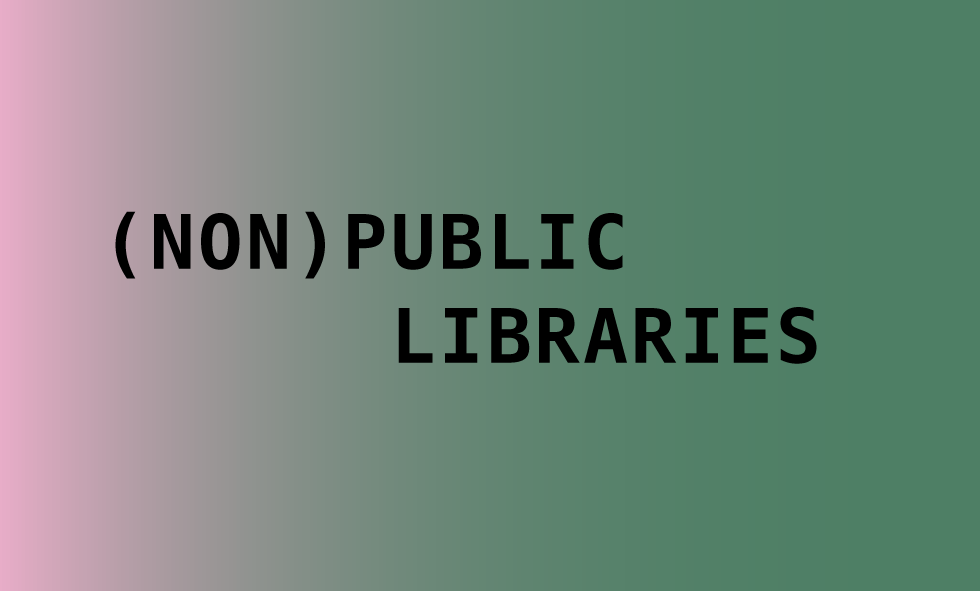Curated by Dima Kazakov
What is a private non-public library, zine collection, or vinyl collection? Working tool? Or a selection of beautiful, strange, and rare books and records as artifacts to inspire and delight someone’s eyes and ears?
Collected over the years, private collections can tell more about their owners than they know about themselves and what they imagine themselves to be. Neural networks of the future based on the list of books could fully reproduce the portrait of the collector or give a vision of the institution to which the library belongs.
What the collector takes off their shelves and shows to their guests is a kind of curatorial text. And their entire library is both their expression in the world and what they filled themselves with, collecting it sometimes for years, or decades. A window through which they look at the world.
Some of the collections form the basis of public libraries or collections, become funds of large institutions, and are open to the world. But how many of them have never been and will never be demonstrated, seen, heard, read, and explored?
Quite often, private collections and libraries forever remain the property of a few people close to their owners, admitted into the holy of holies, the storage.
If, after the death of the owner, the descendants are not interested and neglect the collection, it becomes the property of second-hand dealers and antiquarians or ends up in a landfill, and the carefully collected books go into the category of waste paper.
With the beginning of Russia’s full-scale invasion of Ukraine, these fragile structures became further threatened, as heavy books and stacks of vinyl are probably the last things you grab when you have to run, saving your life and your loved ones. We know about numerous public libraries in occupied cities and villages, which became the primary objects of destruction, purges, and linguicide. But even in the abandoned houses in these territories, private libraries often become objects of looting, they are deliberately destroyed or simply burn down together with the buildings.
A familiar playwright and documentary writer tells how he helps an elderly woman from Chernihiv region, whose house burned down, to restore her life. She complains that what she misses the most is not the loss of the washing machine or the plasma TV, but rather the library she collected throughout her life. And it is with the restoration of the library that the restoration of the home for her begins.
Of course, it was not a collection of artifacts and rarities, or self-published and uncensored books, but a typical shelf of Soviet multivolume series of books and post-Soviet books. But with the loss of this personal biography, the reader’s portrait, a person feels on a personal level the same devastation that we face on a national level when we learn about yet another destroyed museum, book collection, or collection taken away by the occupiers.
This special project is about private, non-public libraries that reveal — some of them for the first and last time in public — something that their owners would secure above all else.
This special project is about libraries that have become homeless for one reason or another; about how they exist and manifest themselves, meet and work with the audience.
It is also about archiving and collecting sounds, working with existing archives, and creating collections of records and media such as vinyl records. About the sound of our time, and how to convey, communicate, and not interrupt it.
